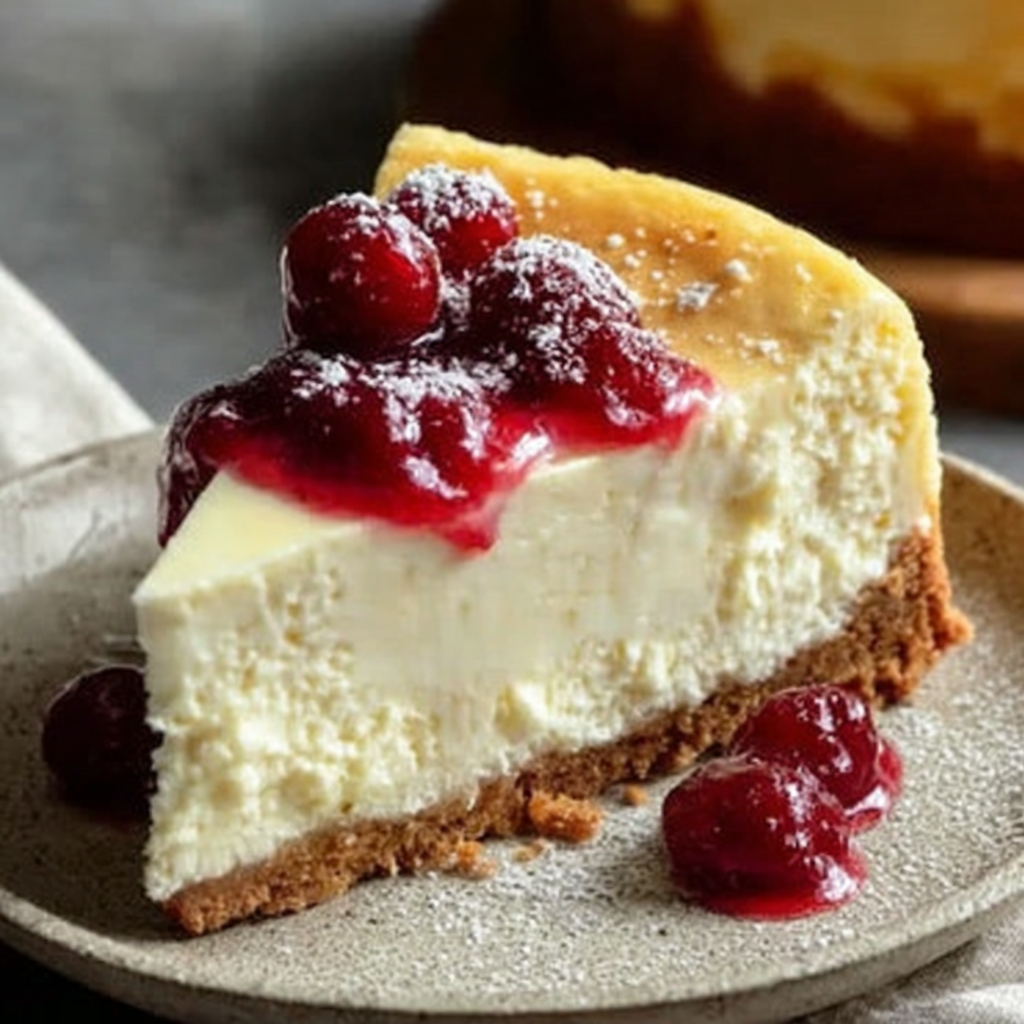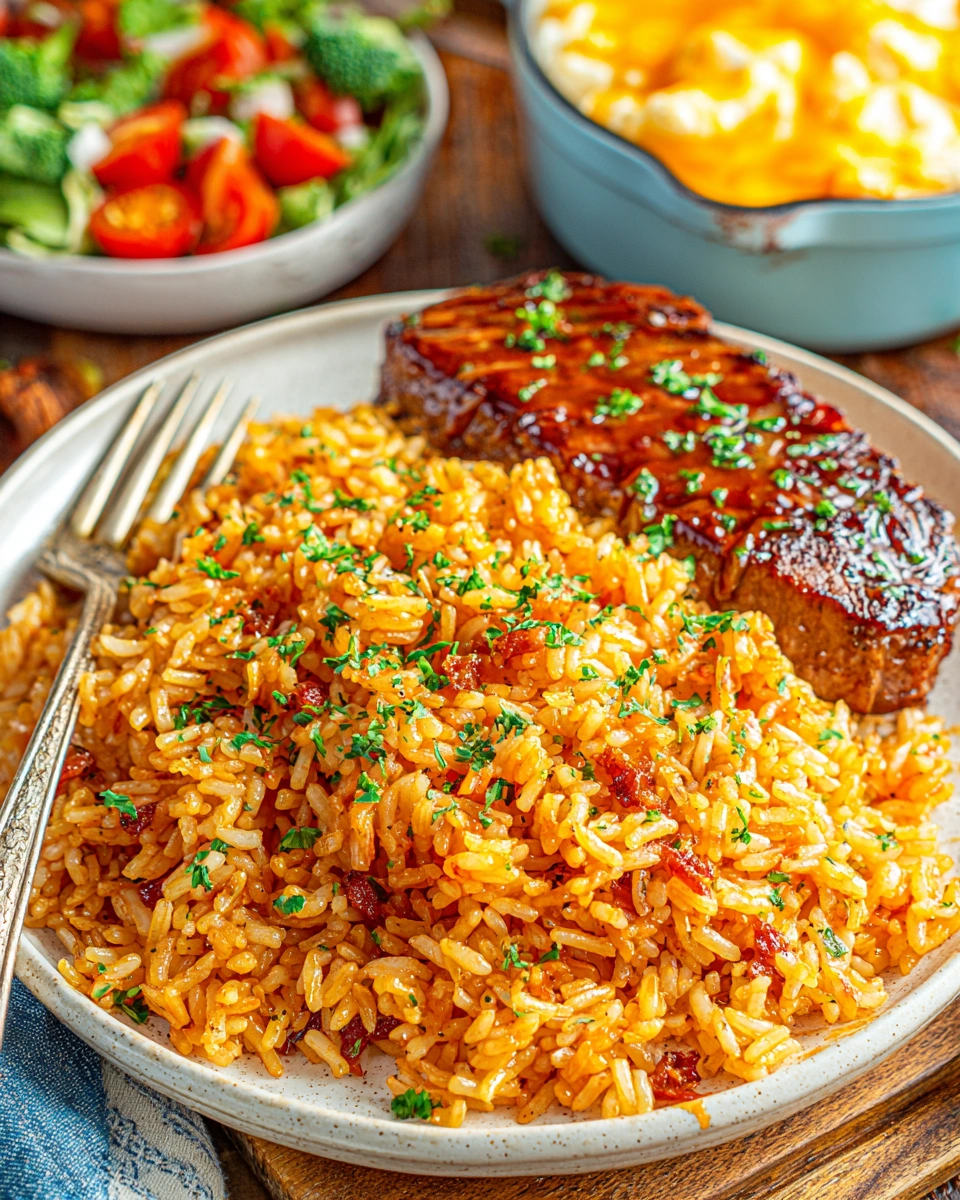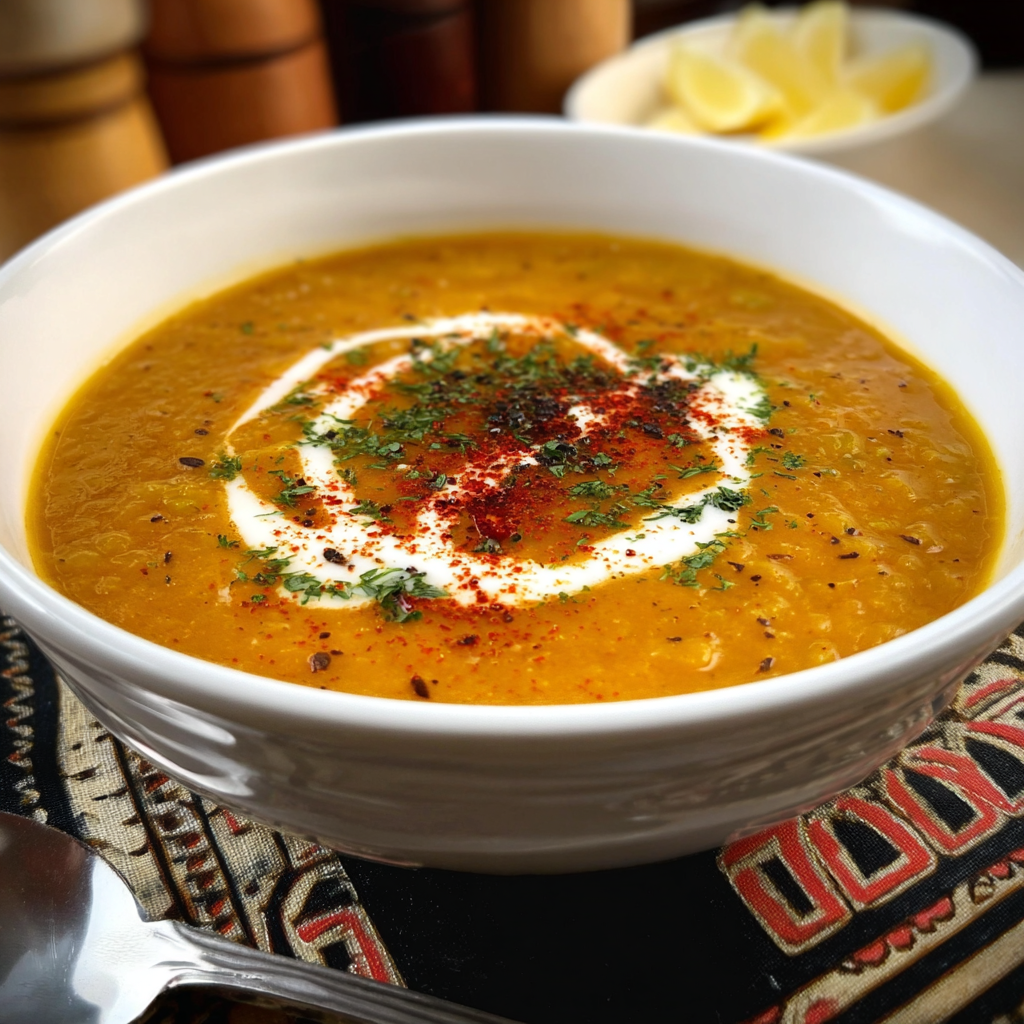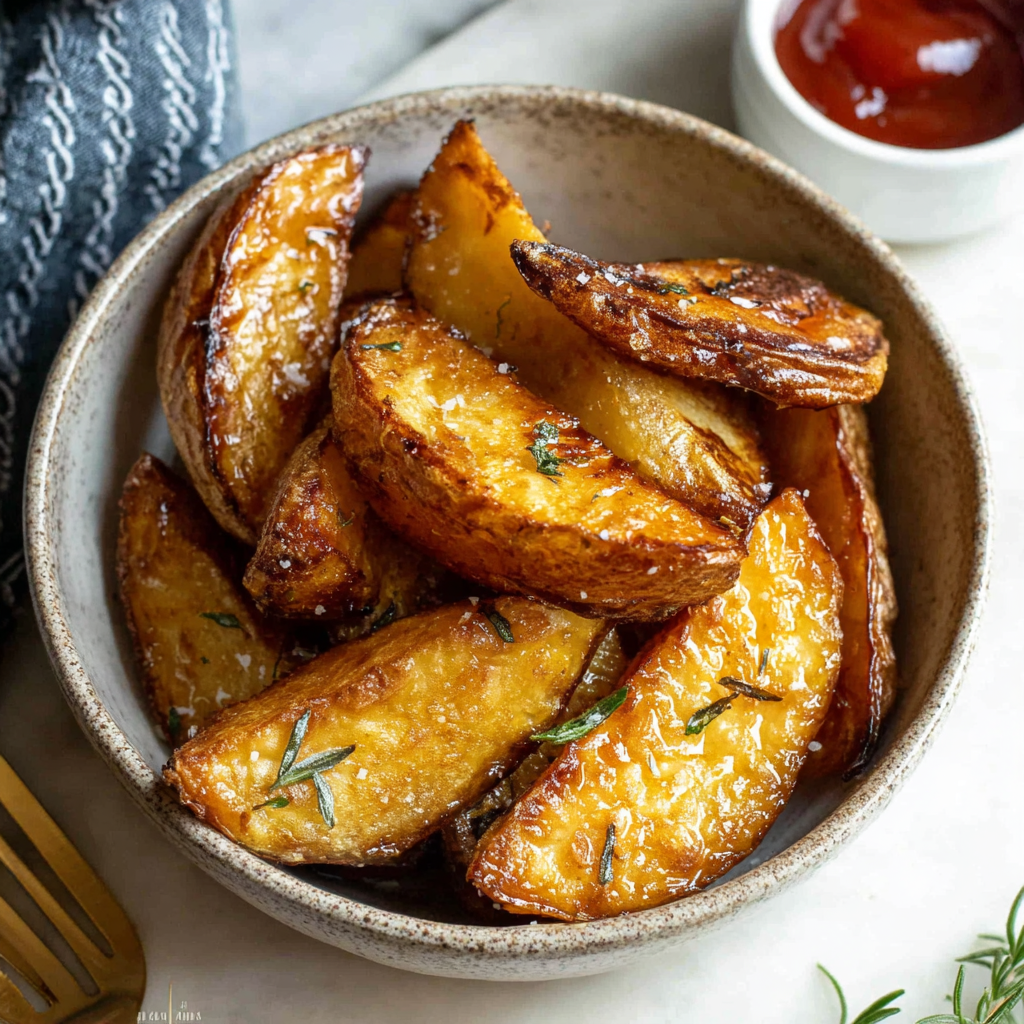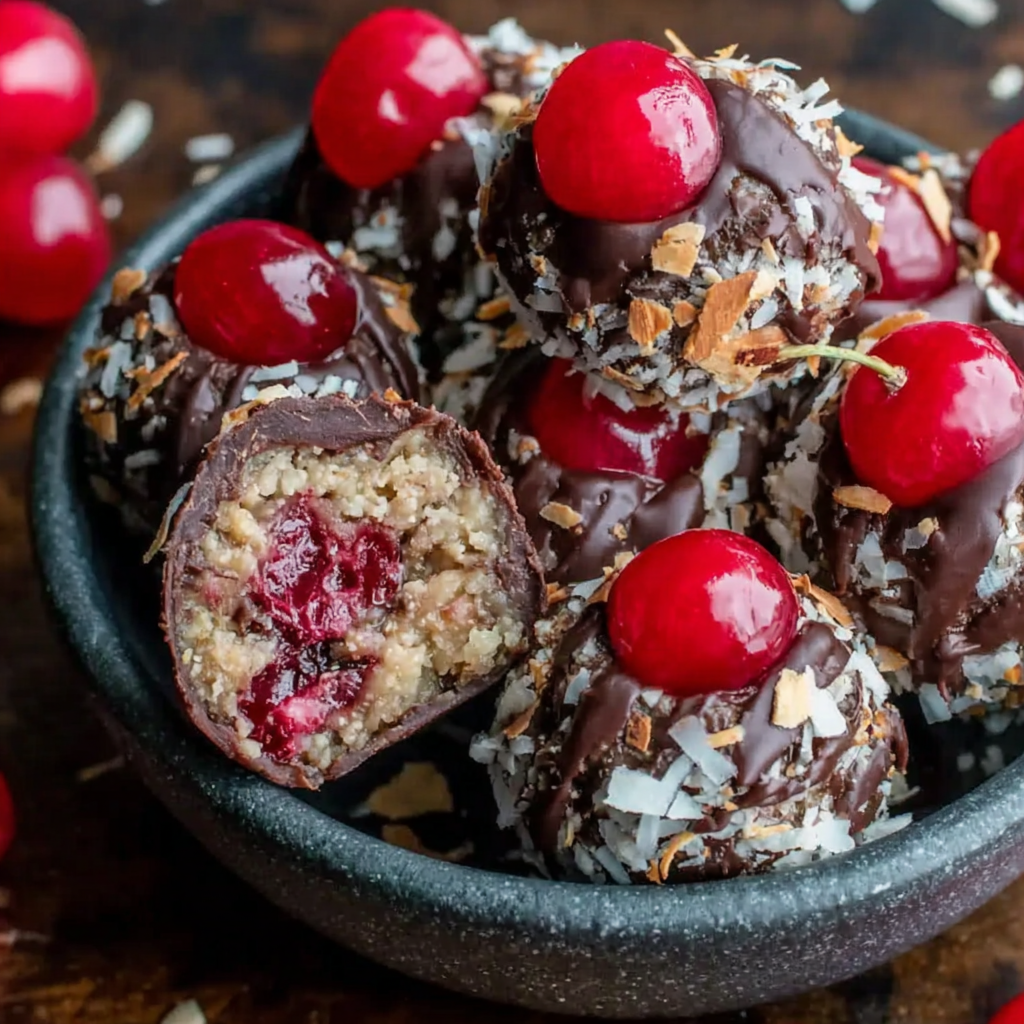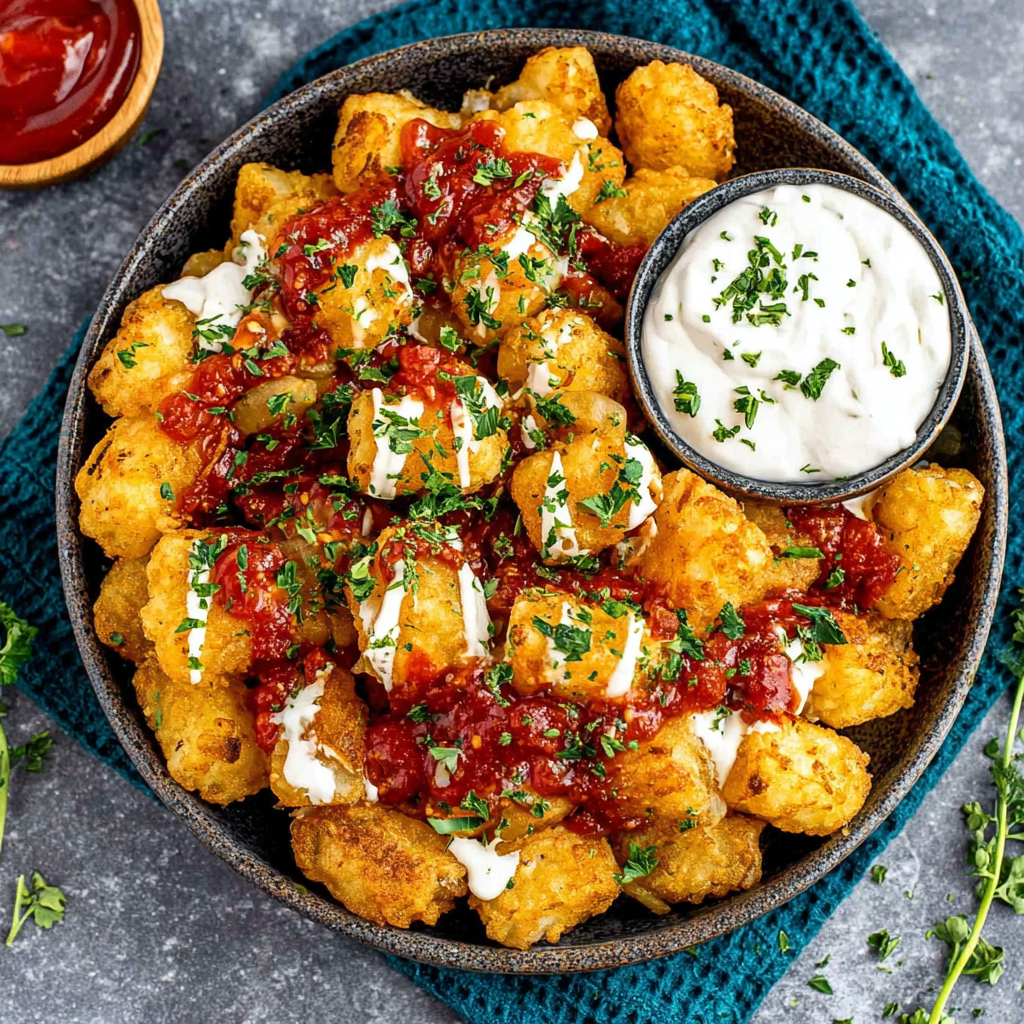Introduction
The New York cheesecake has long been a beloved dessert, renowned for its rich, dense texture and creamy flavor. Imagine a slice with a velvety consistency that melts beautifully in your mouth, harmonizing sweet and tangy notes like no other dessert can.
Rooted in tradition, this cheesecake welcomes everyone into its decadent embrace. Whether you're hosting a gathering or indulging in a quiet moment alone, making a cheesecake can be an enjoyable journey in your kitchen.
Ingredients
- 2 cups graham cracker crumbs
These crumbs form the base of your cheesecake crust, providing a crunchy contrast to the smooth filling. Their slight sweetness adds depth, while their texture helps create a sturdy foundation. - 1/2 cup unsalted butter, melted
Butter binds the graham cracker crumbs, adding richness and enhancing the crust’s flavor. It also helps to create the perfect texture, ensuring the crust holds together after baking. - 1/4 cup granulated sugar
Sugar sweetens the crust and balances the flavors. It also contributes to the browning process, making your crust more appealing with a lovely golden hue. - 3 (8-ounce) packages cream cheese, softened
Cream cheese is the heart of your cheesecake, giving it that famous creamy texture and slight tanginess. The quality of the cream cheese is paramount for achieving the rich, smooth filling. - 1 cup granulated sugar
This sugar sweetens the filling, balancing the natural tang of the cream cheese. It ensures your cheesecake isn’t overly sweet, allowing the cheesecake’s flavor to shine. - 4 large eggs
Eggs provide structure and stability to the cheesecake, helping it set properly. They also contribute to the creamy texture that makes each slice indulgent. - 1 teaspoon pure vanilla extract
Vanilla adds a depth of flavor, enhancing the overall taste profile without overpowering the other ingredients. It’s a key component in creating a harmonious flavor. - 1 cup sour cream
Sour cream introduces a delightful tanginess and creaminess, enhancing the cheese’s flavor while contributing to the smooth, luscious texture of the filling. - 1 tablespoon all-purpose flour
Flour helps to stabilize the filling, preventing cracks as the cheesecake cools. It gently thickens the mixture without compromising the creaminess.
Directions & Preparation
Step 1: Preheat your oven to 325°F (163°C).
A properly preheated oven ensures even cooking, preventing the cheesecake from baking too quickly. This temperature is ideal for slowly setting the cheesecake while creating a smooth texture.
Step 2: In a mixing bowl, combine graham cracker crumbs, melted butter, and sugar.
Mixing these ingredients well ensures that the butter coats the crumbs evenly, which is crucial for achieving a nicely cohesive crust. A thorough mix leads to an even crust across the bottom and up the sides.
Step 3: Press the mixture into the bottom and slightly up the sides of a springform pan.
Creating an even layer ensures that every slice has a bite of crust. Pressing firmly helps the crust hold together when baked, providing a perfect base for your cheesecake.
Step 4: Bake the crust for 10 minutes, then remove it from the oven to cool.
Baking the crust helps to set it, making it more resilient against the creamy filling. Cooling is essential to avoid melting the cheesecake batter when added.
Step 5: In a large mixing bowl, beat the softened cream cheese until smooth.
This step is vital for ensuring that there are no lumps in your filling. A smooth mixture contributes to a silky texture, integral for an excellent cheesecake.
Step 6: Gradually add sugar, mixing until combined.
Adding sugar slowly helps it incorporate into the cream cheese without creating a grainy texture. This step helps ensure the sweetness is evenly distributed.
Step 7: Add the eggs one at a time, mixing until just combined after each addition.
Incorporating eggs separately helps to maintain a smooth consistency. Overmixing at this stage can incorporate extra air, leading to cracks during cooling.
Step 8: Mix in the vanilla extract, sour cream, and flour until well combined.
This is the final step for your creamy filling. It's crucial not to overmix; this helps to maintain the integrity of the batter while ensuring all flavors come together.
Step 9: Pour the filling into the cooled crust, smoothing the top.
A smooth top prevents any peaks or cracks, making for a visually appealing cheesecake. It also allows a consistent bake throughout.
Step 10: Bake the cheesecake for about 60 minutes or until the center is set but still slightly jiggly.
This baking time will allow the edges to set thoroughly while keeping the center just soft. Undercooking slightly helps achieve a rich, creamy texture and prevents over-drying.
Step 11: Turn off the oven and crack the door, allowing the cheesecake to cool gradually.
Gradual cooling helps prevent cracks by minimizing the shock from temperature changes. It allows the cheesecake's surface to set without dramatic cooling.
Step 12: Once cooled, refrigerate the cheesecake for at least 4 hours, ideally overnight, before serving.
Chilling the cheesecake allows it to firm up, enhancing its texture and flavor. This rest period also helps with slicing and serving, providing a better experience.

Understanding the Ingredients for Success
Each ingredient in a New York cheesecake carries weight in the overall balance of flavors and textures. Cream cheese is essential for its signature smoothness; meanwhile, the perfect ratio of eggs and sugar creates a well-structured filling. Knowing the function of each component helps ensure that nothing is overlooked during preparation.
Crust vs. Filling: The Perfect Balance
The dynamic between a crunchy crust and a smooth, creamy filling is what elevates a cheesecake from good to great. The graham cracker crust should offer a delightful contrast, both in texture and taste, while the filling delivers richness. Steam-baking methods or a water bath can also enhance this relationship.
Common Mistakes and How to Avoid Them
Many home bakers face hurdles while crafting their cheesecakes. Overmixing the batter can introduce too much air, leading to cracks, while undercooking might result in a filling that's too soft. Understanding these pitfalls and acknowledging your oven settings can significantly improve your outcomes, ensuring you get it right every time.
FAQs
What can I do if my cheesecake is too thick?
If your cheesecake comes out too thick, it might be due to overmixing or not enough moisture. Consider adding a splash more sour cream or a bit of cream to loosen the texture next time.
Can I substitute the sour cream with Greek yogurt?
Yes, Greek yogurt can be used as a substitute for sour cream. It will give a similar tangy flavor and creamy texture, but be mindful of the thickness as it may result in a denser cheesecake.
Why did my cheesecake crack during baking?
Cracks often occur from rapid temperature changes or overmixing. Ensure a gradual cooling process and avoid incorporating too much air into the batter when mixing.
How do I know when my cheesecake is perfectly done?
The cheesecake is done when the edges are firm but the center slightly jiggles. It will continue to set as it cools, achieving that perfect creamy texture.
What’s the best way to slice the cheesecake?
For clean slices, dip your knife in hot water, then wipe it dry before cutting. This technique prevents sticking and ensures a clean cut through the creamy filling.
Can I use light cream cheese for this recipe?
Light cream cheese can be used, but it may result in a less rich flavor and slightly different texture. For the best outcome, standard cream cheese is recommended.
Conclusion
Crafting a classic New York cheesecake is a rewarding endeavor that yields a dessert adored by many. Each slice offers a slice of culinary tradition, lovingly made by your own hands.
As you dive into this delightful baking experience, remember that practice makes perfect. With each attempt, you’ll find ways to refine your technique, ensuring that your cheesecake always stands out.
Recipe Card
The Quintessential New York Cheesecake Recipe
Ingredients
- 2 cups graham cracker crumbs
- 1/2 cup unsalted butter melted
- 1/4 cup granulated sugar
- 3 8-ounce packages cream cheese, softened
- 1 cup granulated sugar
- 4 large eggs
- 1 teaspoon pure vanilla extract
- 1 cup sour cream
- 1 tablespoon all-purpose flour
Instructions
- Preheat your oven to 325°F (163°C).
- In a mixing bowl, combine graham cracker crumbs, melted butter, and sugar.
- Press the mixture into the bottom and slightly up the sides of a springform pan.
- Bake the crust for 10 minutes, then remove it from the oven to cool.
- In a large mixing bowl, beat the softened cream cheese until smooth.
- Gradually add sugar, mixing until combined.
- Add the eggs one at a time, mixing until just combined after each addition.
- Mix in the vanilla extract, sour cream, and flour until well combined.
- Pour the filling into the cooled crust, smoothing the top.
- Bake the cheesecake for about 60 minutes or until the center is set but still slightly jiggly.
- Turn off the oven and crack the door, allowing the cheesecake to cool gradually.
- Once cooled, refrigerate the cheesecake for at least 4 hours, ideally overnight, before serving.
Notes
Additional serving suggestions: pair with a crisp salad, garlic bread, or roasted seasonal vegetables for balance.
For make-ahead, prep components separately and assemble just before heating to preserve texture.
Taste and adjust with acid (lemon/vinegar) and salt right at the end to wake up flavors.
